Approaching student digital citizenship from many levels
Our students live in technology-rich worlds, regardless of how much technology they are using in school on a day-to-day basis. Technology has all kinds of awesome educational benefits, but Uncle Ben’s advice to Spiderman is fitting here: “With great power comes great responsibility.” As educators we’re obliged to help students use technology appropriately and safely.
What is digital citizenship?
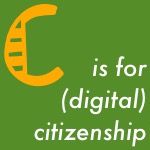 The International Society for Technology Education (ISTE) standards for students defines it as:
The International Society for Technology Education (ISTE) standards for students defines it as:
Students understand human, cultural, and societal issues related to technology and practice legal and ethical behavior.
They:
- Advocate and practice safe, legal, and responsible use of information and technology
- Exhibit a positive attitude toward using technology that supports collaboration, learning, and productivity
- Demonstrate personal responsibility for lifelong learning
- Exhibit leadership for digital citizenship
A more extensive but still accessible definition includes nine elements, which can roughly be boiled down to Respect, Educate and Protect.
Okay, so how do we get students there? Here are some resources for approaching it from various levels: district/school, educator, classroom, and student.
1. District/School System
Have you heard the anecdote about a toddler desperately swiping at a book cover like it’s a tablet? Funny, but apparently also true. Many kids today are exposed to connected devices before they can read. One study found that kids are exposed to the internet on average by age three, while a Microsoft poll found that parents were comfortable with unsupervised internet access by the age of eight, on average.
So education leaders would be wise to implement a comprehensive K-12 curriculum that addresses digital literacy. The gold standard for this is Common Sense Media’s Digital Literacy and Citizenship. Their scope and sequence provides lesson plans and supporting materials for professional development and family outreach. It’s downright impressive.
An example of a school system that has developed the whole enchilada can be found at the Digital Citizenship Program site, masterminded by the Lester B. Pearson School Board in Quebec. Get ready to steal! (Don’t worry, that’s good citizenship in this case!)
2. Model, as an educator
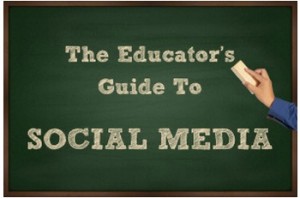 As educators we always try to model good practice for our students, right? Modeling digital citizenship is actually an ISTE standard for teachers, too, as explored in this article.
As educators we always try to model good practice for our students, right? Modeling digital citizenship is actually an ISTE standard for teachers, too, as explored in this article.
And as much as we want to be on the cutting edge, we need the risks that we take to be purely intellectual and not actually put our jobs in jeopardy. Thanks to our friends at ConnectSafely, there is now an app for that. Well, a PDF guide, actually, but still a very thoughtful Educator’s Guide to Social Media.
3. Make digital citizenship part of classroom activities
There are lots of ways to weave digital citizenship into your classroom without relying on a full-blown curriculum. Each of these sites provides a way that you could allow students to explore digital citizenship resources in a self-directed way, prime for flipped classrooms or smuggling into those juicy gaps in a pacing guide.
- NSTeens provides videos, animated shorts, comics, and games intended to help students learn how to make safer choices online. It’s designed for teens and tweens.
- ThinkB4U allows students to access videos and games that reinforce the overarching message of thinking carefully when online.
- Digital Bytes is a media-rich approach by Common Sense Media that seeks to engage students in media “reflection, deconstruction, and creation.” Sounds cool, right? Wait until you see how compellingly it’s presented for students to explore and ultimately disseminate their own creations. It’s designed for teens (ages 13-18) but may be appropriate for some tweens as well.
4. Let your students lead
Perhaps the most powerful way to approach digital citizenship is to put the onus on your students. With all of the great resources available, there are a lot of opportunities for students to explore and develop their own take on what it means to be a digital citizen.
For example, 5th graders at Peoples Academy Middle School in Morrisville, Vermont put together a presentation for 4th graders on what to expect in a 1:1 environment.
(These 5th graders also presented at a statewide conference for educators – how’s that for multiple authentic audiences?)
You can also tackle digital citizenship using Project Based Learning. This PBL launch page from Greenwich Public Schools in Connecticut shows the potential of allowing students to explore digital citizenship concepts while immersing themselves in digital tools.
Note that these different levels are not mutually exclusive. Ideally we will approach digital citizenship from a systems-wide perspective that incorporates mini-lessons, long-term projects, and everything in between, all modeled by digitally literate educators. But any of these levels can be used as entry points.
How are you approaching digital citizenship, in ways small or big?
Need to catch up on your edtech ABCs? Check out the full series here.
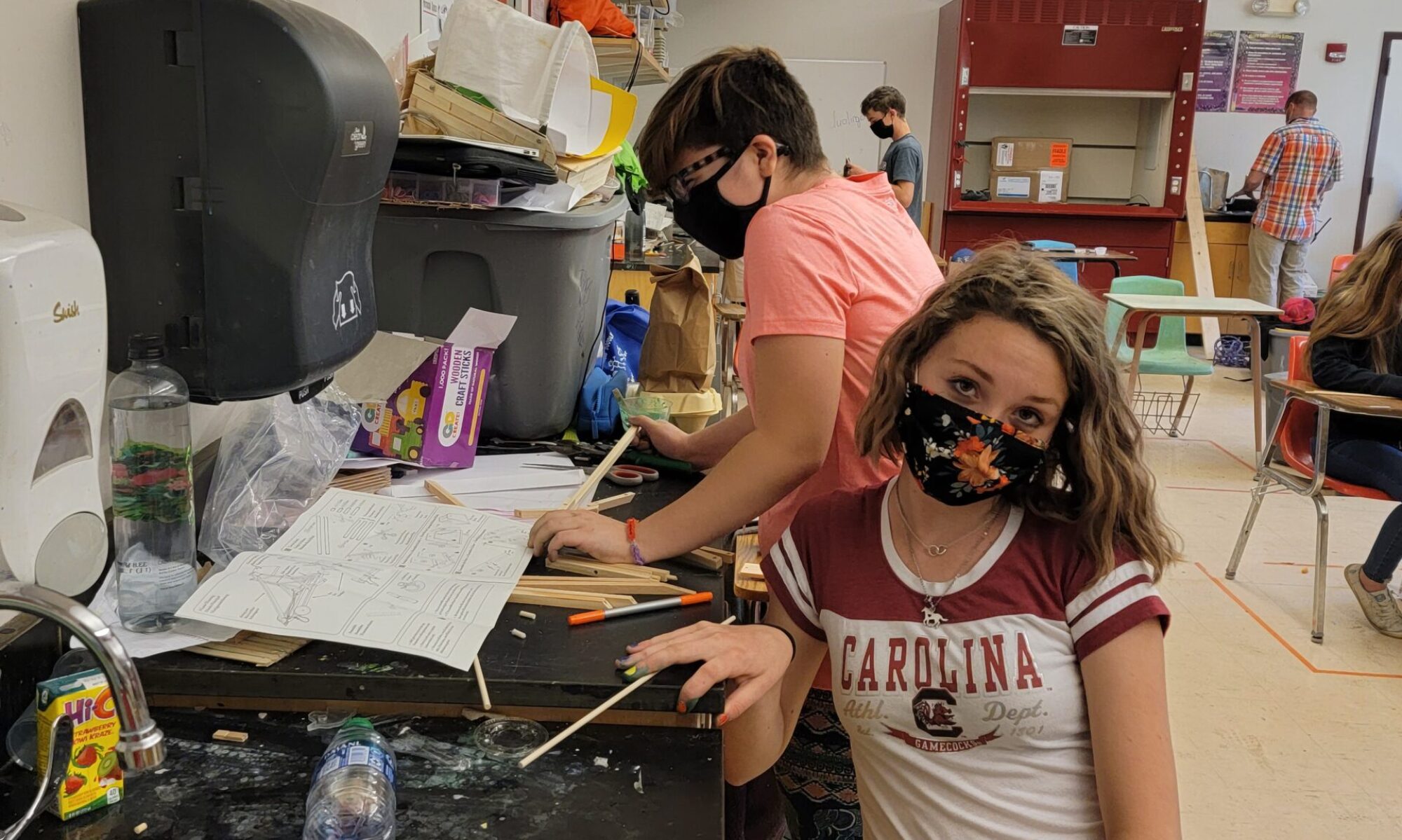


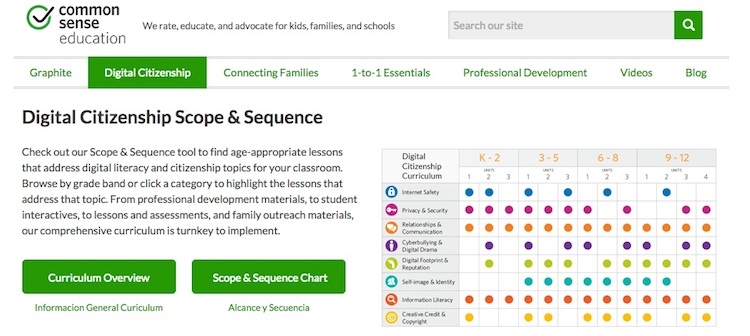
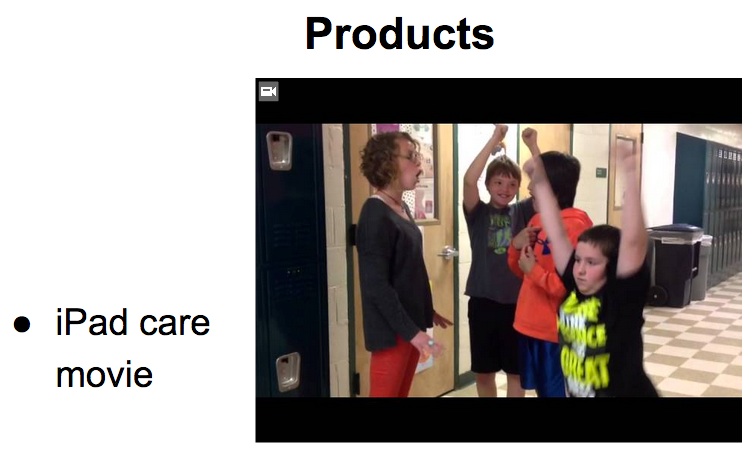
The ABCs of edtech: C is for Citizenship (digital of course!) by @lifelegeros #vted http://t.co/Rvx3ScuRnD http://t.co/uH8lox5fB9
ABCs of EdTech: C is for Citizenship (Digital of course!) http://t.co/mxBUEdWYuL
RT @innovativeEd: The ABCs of edtech: C is for Citizenship (digital of course!) by @lifelegeros #vted http://t.co/Rvx3ScuRnD http://t.co/uH…
For the p.m. crowd, tackling student #digitalcitizenship w/resources, modeling, & by learning from Ss themselves http://t.co/yKAboYKB0y
RT @innovativeEd: For the p.m. crowd, tackling student #digitalcitizenship w/resources, modeling, & by learning from Ss themselves http://t…
RT @innovativeEd: The ABCs of edtech: C is for Citizenship (digital of course!) by @lifelegeros #vted http://t.co/Rvx3ScuRnD http://t.co/uH…
RT @innovativeEd: The ABCs of edtech: C is for Citizenship (digital of course!) by @lifelegeros #vted http://t.co/Rvx3ScuRnD http://t.co/uH…
C is for citizenship (digital of course!) http://t.co/RZPbfFtR7b via @innovativeEd
C is for citizenship (digital of course!) http://t.co/P6mMTC64Si #vicpln #austl #tlchat
RT @BiblioKat: C is for citizenship (digital of course!) http://t.co/P6mMTC64Si #vicpln #austl #tlchat